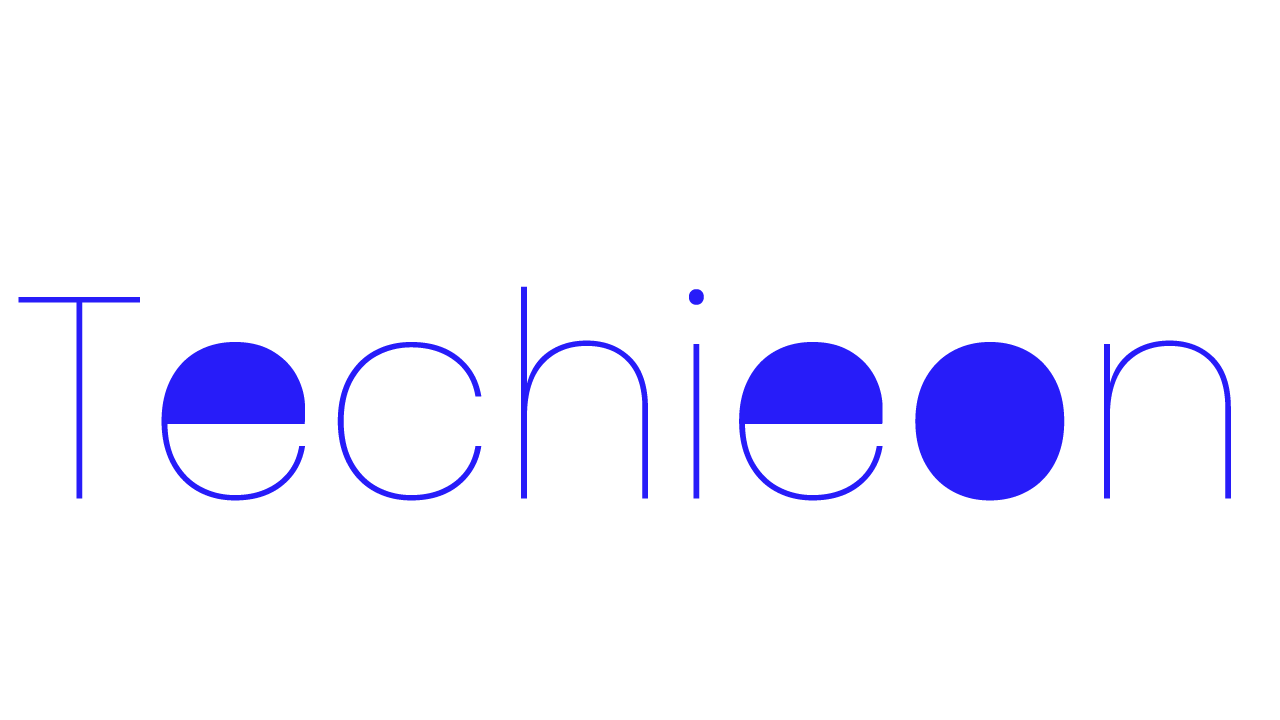AI Content Detection: The New Battle Between Human & Machine Writing
The rise of artificial intelligence (AI) has ushered in a new era of content creation, with sophisticated AI writing tools capable of generating human-quality text at unprecedented speeds. This technological leap, while offering numerous benefits for businesses and individuals, has also ignited a fierce debate: how can we distinguish between AI-generated content and human-written text? This is leading to a fascinating battle between AI writing tools and the equally rapidly developing field of AI content detection.
The ease and speed with which AI can now produce articles, blog posts, marketing copy, and even creative writing pieces pose a significant challenge. The potential for misuse is vast, from plagiarism and academic dishonesty to the spread of misinformation and the erosion of trust in online content. This is driving the development of increasingly sophisticated AI content detection tools, designed to identify the subtle hallmarks that differentiate AI writing from human writing.
How AI Content Detection Works
AI content detection tools utilize a range of sophisticated techniques to analyze text and determine its likely origin. These techniques often involve analyzing several key aspects of the text, including:
- Linguistic patterns: AI-generated text often exhibits predictable patterns in sentence structure, vocabulary usage, and overall style. These patterns can be identified by comparing the text against a vast database of known AI-generated and human-written text.
- Statistical analysis: Statistical methods can analyze the frequency and distribution of words, phrases, and grammatical structures. Deviations from typical human writing patterns may indicate AI authorship.
- Semantic analysis: This involves analyzing the meaning and context of the text. AI-generated content may sometimes lack the depth of understanding and nuanced expression that characterize human writing.
- Predictive modeling: Machine learning algorithms are trained on large datasets of both AI-generated and human-written text to create models capable of accurately predicting the authorship of new text.
The accuracy of these tools is constantly improving as they are refined and trained on increasingly larger and more diverse datasets. However, it’s crucial to acknowledge that no detection tool is perfect, and false positives and negatives can occur.
The Ongoing Arms Race
The development of AI content detection is an ongoing arms race. As AI writing tools become more sophisticated and adept at mimicking human writing styles, AI detection tools must adapt to stay ahead. This constant evolution ensures that neither side gains a decisive advantage. AI writing tools are constantly being updated with algorithms designed to circumvent detection, while detection tools are continuously being refined to identify new patterns and techniques.
This dynamic interplay highlights the complexity of the issue. While detection tools offer a valuable resource for identifying potentially AI-generated content, they should not be considered the sole method for evaluating the authenticity or quality of written work. Human judgment and critical analysis remain essential.
Ethical Considerations and Implications
The use of AI content detection raises several ethical questions. The potential for misuse, such as unfairly penalizing students or authors, is a serious concern. Transparency and fairness are vital. Furthermore, the very nature of determining “authenticity” in writing opens up complex debates about originality, creativity, and the human element in expression. The question isn’t always simply whether something is AI-written, but whether it’s good writing. Regardless of its origin, poor quality writing is ultimately poor writing.
The development and deployment of AI content detection technologies necessitate careful consideration of their societal impact. Policies and guidelines are needed to ensure responsible use and prevent discriminatory practices. The ongoing conversation around intellectual property and attribution in relation to AI-generated content also necessitates further discussion and legislative action.
The Future of AI Content Detection
The future of AI content detection is likely to see even greater sophistication and integration into various platforms and applications. We can expect more accurate and efficient tools capable of detecting AI-generated content across multiple languages and formats. The integration of these tools into educational institutions, publishing houses, and search engines will become increasingly commonplace. However, the constant arms race between AI writing and detection tools means that a perfect solution may remain elusive.
Ultimately, the battle between AI content creation and detection is not just about technology; it’s about the fundamental nature of human creativity, intellectual property, and the evolving landscape of online information. As AI continues to advance, responsible development and ethical considerations will be paramount in navigating this complex challenge.
The most effective approach likely lies in a combination of robust AI detection tools, human oversight, and a focus on fostering ethical AI practices. The future of content creation depends on a balanced approach that leverages the benefits of AI while addressing the potential risks.








